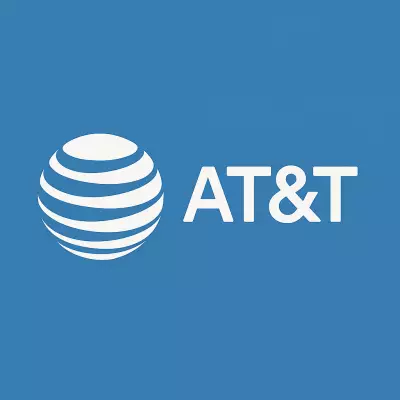Latest Articles
What you need to know about the Krispy Kreme Data Breach
The popular doughnut and coffeehouse chain Krispy Kreme was established in 1937 in Winston-Salem, North Carolina. It has grown over the years and currently operates 1,500 shops and 17,900 points of access in 40 nations.
What You Need to Know about the Ocuco Data Breach
Ocuco is a Dublin-based organization that specializes in optical software solutions. Established in 1993 by Leo Mac Canna, the company initially developed software for independent optometrists.
What You Need to Know about the TxDOT Data Breach
The Texas Department of Transportation (TxDOT) is responsible for designing, planning, operating, building, and maintaining the state's transportation system to deliver a reliable and safe transportation system.
What You Need to Know about the AT&T Data Breach
AT&T, one of the largest telecommunications providers in the United States and the fourth-largest telecommunications company in the world by revenue, experienced a significant data leak, which became public in June 2025.
What You Need to Know about the Mainstreet Bank Data Breach
MainStreet is a community-oriented bank in Fairfax, Virginia. Established in 2004, it is under the MainStreet Bancshares Incorporated, a small-cap financial holding organization.
What You Need to Know about the Cartier Data Breach
Swiss-owned luxury jeweler, Cartier, has had its website hacked and customer data compromised in the incident. Cartier, a subsidiary of Richemont, produces some of the world's finest watches, bracelets, and necklaces, which have been worn by Michelle Obama, Taylor Swift, and Angelina Jolie.
What You Need to Know about the Coinbase Data Breach
Coinbase is a digital currency platform that allows consumers to transact using digital currencies, including Ethereum and Bitcoin.
What to Know About Unpaid Toll Text Message Scams
An increasing number of people are reporting receiving text messages about unpaid tolls. Although some of these messages are legitimate, fraudsters are now using this tactic to trick unsuspecting individuals into sharing personal information or making fraudulent payments.
What is DMARC? DMARC Records and Their Role in Cybersecurity
In the current digital landscape, email security has become ever more important as cybercriminals frequently exploit vulnerabilities in email architectures to launch phishing attacks, steal sensitive information, and spoof legitimate domains.
Why "Card Testing Fraud" Is Becoming a Major Threat to E-Commerce Businesses
Credit card and banking information is one of the major targets for data breaches and other cyber attacks. These details are sold on the black market and cost businesses and consumers billions in losses every year.
BNPL Fraud Risks: Why 'Buy Now, Pay Later' Is a Target for Cybercriminals
Buy Now, Pay Later services offer a more flexible method for online purchases. Consumers aren't required to make an immediate, full payment; they can instead split the sum into a schedule that works for them.
How To Get a Child an IP PIN and Protect Their Identity
An IP PIN is a six-digit code that protects US residents from fraudulent tax submissions. Electronic tax filings require an IP PIN and Social Security Number, allowing the former to act as a form of two-factor authentication.

















